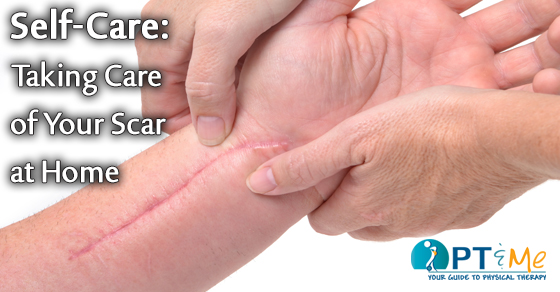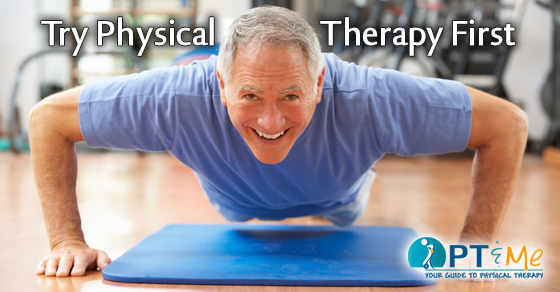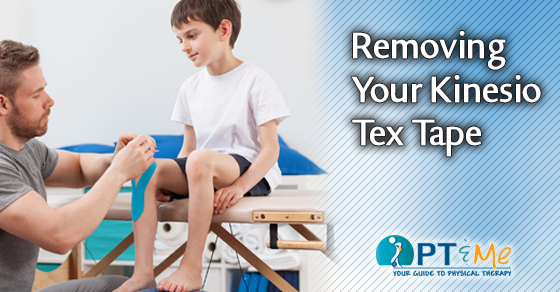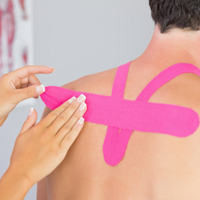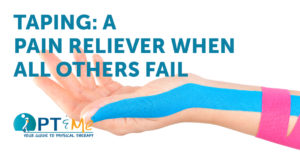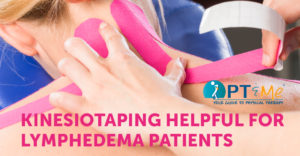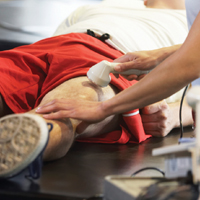
Type 2 diabetes usually occurs as a result of genetics and lifestyle. It is marked by abnormally high levels of blood sugar, known as glucose. Glucose is the primary source of energy for our cells that the body makes from food we ingest. The onset of type 2 diabetes is triggered when the body is no longer able to properly use insulin, the hormone that helps cells take in glucose from the blood. When glucose stays in the blood stream instead of moving into the cells, nerves and blood vessels can be damaged. This increases the risk of cardiovascular disease, stroke, blindness, kidney disease, and circulation problems.
What Is Prediabetes?
Prediabetes is a condition that precedes the onset of type 2 diabetes. It is characterized by blood glucose levels that are elevated, though not high enough to be classified as diabetes. Doctors usually refer to prediabetes as impaired glucose tolerance or impaired fasting glucose. The American Diabetes Association (ADA) recommends screening for all adults 45 years old and older. Also, if you are younger than 45 and are overweight or obese and have risk factors for diabetes, you should be screened. Risk factors include:
• Family history of diabetes
• Having hypertension, high cholesterol, or high triglycerides
• Sedentary lifestyle
• History of gestational diabetes or giving birth to a baby weighing more than 9 pounds (4 kilograms)
• History of cardiovascular disease
• Having a condition associated with insulin resistance, such as polycystic ovary syndrome or metabolic syndrome
People of Hispanic American, Asian American, Pacific Islander, Native American, or African American descent are at higher risk.
Having prediabetes means that you are at high risk for developing diabetes and may already be experiencing adverse effects of elevated blood sugar levels.
How Do You Know If You Have Prediabetes?
During a routine office visit, your doctor can order tests, such as:
• Fasting plasma glucose test—For this test, you fast overnight and have your blood glucose measured in the morning before eating. Results in the range of 100-125 mg/dL (5.6-6.9 mmol/L) may indicate prediabetes.
• Oral glucose tolerance test (OGTT)—Again, you fast overnight and have your blood glucose measured after the fast. Then, you consume a sugary drink and have your blood glucose measured two hours later. Results in the range of 140-199 mg/dL (7.8-11 mmol/L) indicate prediabetes.
• Hemoglobin A1c (HbA1c)—This is an indicator of your average blood sugar levels over the previous three months. Results in the range of 5.7%-6.4% indicate prediabetes.
What Can You Do If You Have Prediabetes?
If you are diagnosed with prediabetes, it is important to take action to manage your condition. If you are overweight, your doctor may recommend that you lose weight. Reducing your body weight, even by 5%-10% can help improve your health. In general, changing your diet and being physically active and exercising at least 30 minutes a day will help you stay on track. Participating in a behavioral modification program may further help you achieve your weight loss goals.
Because many of the lifestyle-related risk factors associated with diabetes are also risk factors for other health issues, making lifestyle changes to reduce your risk of diabetes may have a positive effect on your overall health.
Some people can take medication to manage their blood glucose levels, though lifestyle modification should be the first approach to manage prediabetes. Medications that may be used include metformin, pioglitazone, and acarbose.

How Can You Prevent Prediabetes?
The same strategies that are used to lower your risk of type 2 diabetes can be applied to prediabetes, as well. The American Diabetes Association (ADA) recommends these strategies:
• Lose excess weight.
• Exercise for at least 150 minutes per week.
• Reduce your intake of calories and fat.
• Try to eat more fiber and whole grains.
If you do have prediabetes, you can take steps that may slow or avoid the progression to type 2 diabetes. It will take a lot of effort on your part, but the potential benefits—being healthy and living longer—are worth it.
by Julie J. Martin, MS
RESOURCES:
American Diabetes Association
http://www.diabetes.org
National Diabetes Education Program
http://www.ndep.nih.gov
CANADIAN RESOURCES:
Canadian Diabetes Association
http://www.diabetes.ca
The College of Family Physicians of Canada
http://www.cfpc.ca
REFERENCES:
Am I at risk for type 2 diabetes? Taking steps to lower the risk of getting diabetes. National Diabetes Information Clearinghouse website. Available at: http://diabetes.niddk.nih.gov/dm/pubs/riskfortype2/risk.pdf. Published June 2012. Accessed April 26, 2016.
American Diabetes Association and National Institute of Diabetes, Digestive and Kidney Diseases. The prevention or delay of type 2 diabetes. Diabetes Care 2002;25:1-8.
Diabetes Prevention Program Research Group. Reduction in the incidence of type 2 diabetes with lifestyle intervention or Metformin. NEJM. 2002;346:393-403.
Diabetes mellitus type 2 prevention. EBSCO DynaMed website. Available at: http://www.ebscohost.com/dynamed. Updated February 22, 2016. Accessed April 26, 2016.
Diagnosing diabetes and learning about prediabetes. American Diabetes Association website. Available at: http://www.diabetes.org/are-you-at-risk/prediabetes. Updated December 9, 2014. Accessed April 26, 2016.
Kanaya AM, Narayan KM. Prevention of type 2 diabetes: Data from recent trials. Primary Care. 2003;30:511-526.
Narayan K, Imperatore G. Targeting people with prediabetes. British Medical Journal. 2002;325:403-404.
Nathan DM. Diabetes Care. 2007;30:753.
Prediabetes. EBSCO DynaMed website. Available at: http://www.ebscohost.com/dynamed. Updated April 22, 2016. Accessed April 26, 2016.
Tuomilehto J, Lindstorm J. Prevention of type 2 diabetes mellitus by changes in lifestyle among subjects with impaired glucose tolerance. N Engl J Med. 2004;344:1343-1350.
10/21/2008 DynaMed’s Systematic Literature Surveillance: http://www.ebscohost.com/dynamed: Greaves CJ, Middlebrooke A, O’Loughlin L, et al. Motivational interviewing for modifying diabetes risk: a randomised controlled trial. Br J Gen Pract. 2008;58:535-540.
10/12/2009 DynaMed Systematic Literature Surveillance http://www.ebscohost.com/dynamed: Crandall JP, Polsky S, Howard AA, et al. Alcohol consumption and diabetes risk in the Diabetes Prevention Program. Am J Clin Nutr. 2009;90:595-601.
2/15/2010 DynaMed’s Systematic Literature Surveillance http://www.ebscohost.com/dynamed: American Diabetes Association. Standards of medical care in diabetes—2010. Diabetes Care. 2010;33(suppl 1:S11-S61).
2/15/2010 DynaMed’s Systematic Literature Surveillance http://www.ebscohost.com/dynamed: American Diabetes Association. Diagnosis and classification of diabetes mellitus. Diabetes Care. 2010;33(suppl 1:S62-S69).
Last reviewed April 2016 by Michael Woods, MD Last Updated: 6/3/014
EBSCO Information Services is fully accredited by URAC. URAC is an independent, nonprofit health care accrediting organization dedicated to promoting health care quality through accreditation, certification and commendation.

